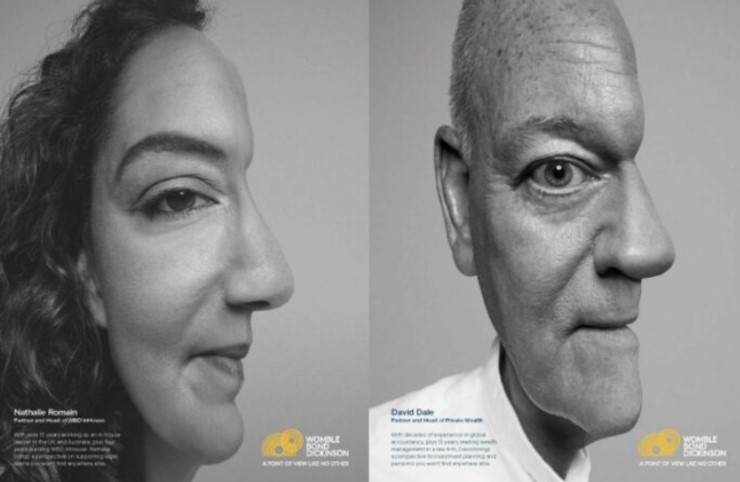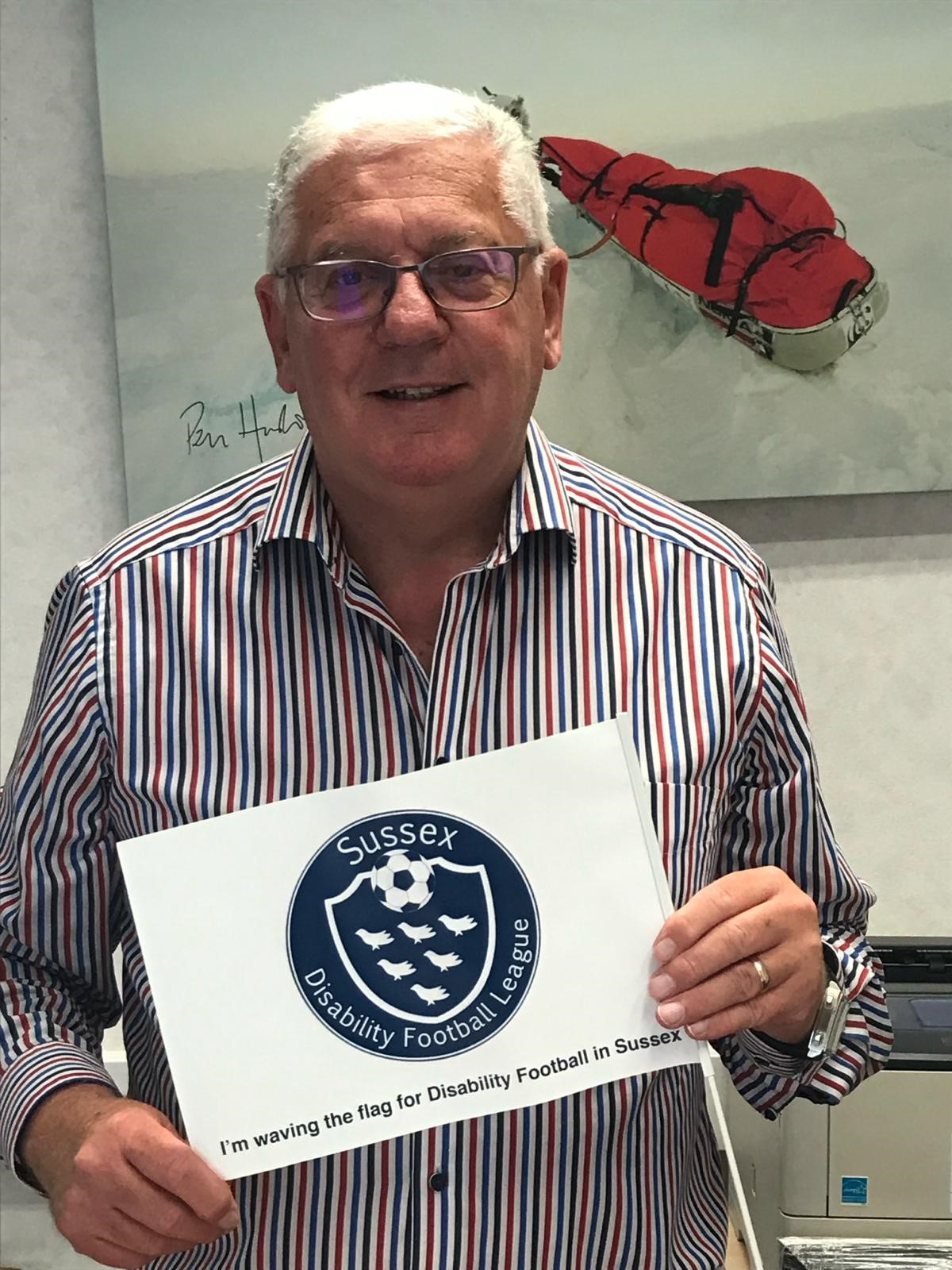Secondments have long been used as effective means to both develop the careers of young professionals – particularly in terms of acquiring international experience – and to provide added value to important client relationships. Typically, a young professional is sent to work as part of the client team for a period of time at a particularly attractive fee rate from the client’s point of view. There is ample evidence that an early secondment at the right sort of client organisation can have a far-reaching impact on the future positioning and work generation ability of a professional.
However, some firms are reluctant to send their professionals on secondment as there is a chance that they may “go native” and not return. Some firms – particularly the accountants – see this as advantageous as they then have a former member of staff “on the inside” who can act as an effective influencer and sponsor.
There is increasing evidence that secondments from clients to professional firms are proving popular and successful (see The Lawyer 30 July 2012 on a secondment scheme at Ashurst).
But few firms have clear strategies, procedures, advance training programmes and robust debrief and follow up mechanisms to ensure that their secondees get as much as possible from their secondments from their own, the firm’s and the client’s perspectives.
Here is some guidance on ensuring successful secondments that might be tackled with support from the human resources, learning and development, marketing and key client teams.
Preparation
Objectives – These should be outlined at the outset. What is the purpose of the secondment? Have the expectations of the secondee, the firm and the client been explored? Is it part of a normal project arrangement or are there special terms and conditions? How long wil the secondment last? What do you hope to achieve for the individual, the firm and the client?
Terms of reference – Make sure that the secondee understands his or her role during the secondment and the limits of his or her authority. If they are to develop relationships, explain the rules of engagement, the constraints for entertaining (remember the Bribery Act) and methods of charging expenses and seeking permission. Check they are aware of reporting requirements both client-side and back at base.
In firm briefing – The secondee should be provided with an in-depth briefing about the client organisation, it’s sector and the firm’s historical relationship. The secondee should be made aware of all past successes and any issues as well as the firm’s plans for the future development of client relationship.
Provide relevant training – As a secondee the individual needs to have a broad knowledge of the firm and its clients and services if he or she is to be an effective ambassador for the firm. So make sure that they are given sufficient briefings about the work of other departments and access to systems to enable him or her to remain alert to key developments. It will also be beneficial for the secondee to receive training or coaching in areas such as internal networking, effective listening, presenting, relationship management and even selling. Industry briefings will also be valuable.
Client side briefing – Check that the client provides a suitable induction to its policies and procedures and a briefing on the nature of the team that the secondee will be joining. Personal introductions and even mentors will enhance the experience. The client may also have technical systems where initial training is required. The client should also provide a clear brief on the nature of the work to be conducted and the reporting arrangements.
During the secondment
Part of the client team – Significant clients of the firm will have a client team with representatives from a number of different departments and even offices. The secondee should become a temporary member of this team before, during and after their secondment and be encouraged to add information to the relevant databases and knowledge management systems and to contribute to meetings. Exploring the current and desired relationship maps would be valuable, particularly if the particular gaps that the secondee can address are identified.
Keep in touch – Don’t ignore the secondee while he or she is away as this may lead to feelings of abandonment and a possible non return. Ensure that he or she receives regular emails and calls and is invited back to team meetings and other internal events so that social as well as business ties are maintained.
Produce a journal and report backs – Whilst observing the Data Protection Act, the secondee should be encouraged to keep a journal of their activities and learnings during the secondment and to provide regular formal and informal reports back to the firm. With the right approvals process within the firm and at the client, there may even be value in a blog for them to share their experiences.
Knowledge management – The secondee should also be aware of what knowledge management systems they should contribute to during their secondment – both for the firm and at the client. Some firms have encouraged secondees to build broad profiles of the issues within a particular industry sector and others have tasked secondees on documenting procedures for a particular area of legal, accounting or property practice that is pertinent to the company where they are seconded.
Prepare for return – Don’t leave the secondee wondering what will happen when they return to the firm. Start preparations well in advance, perhaps by providing advance reading and briefing on the client matters that they will return to and by increasing the frequency of return trips to the office.
After the secondment
Full debrief – Make sure that the secondee has a detailed debrief with their head of department, their line manager and also the partner responsible for the client overall. As well as looking at the direct training and client relationship benefits, and implications for enhancements to internal practice and client service, the secondee should be asked about how to improve the effectiveness of future secondment programmes.
Adjustment period – There will be a period of time during which the secondee must re-adjust to life in private practice. Some of the work practices from the client environment will need to be revised and some private practice activities will need to be resumed. There will need to be updates on both the clients and projects on which they will work once more and also on technical and technological changes. The need to re-establish social relationships at the firm will also be important if the secondee is to avoid feeling isolated.
Maintain contact with the client – Before the secondee has returned, the firm should provide support in helping him or her consider how he or she will maintain and develop the various relationships that were developed during the secondment. This may be through the use of traditional communications methods such as meetings and lunches or through social media. There may be other aspects to consider – whether the secondee retains responsibility for leading relationships with key individuals and his or her role in any ongoing client relationship management plan.
Training for other professionals – The secondee may take a lead role in training or mentoring other professionals who are about to go on or are already on secondments. Alternatively, he or she may take a role in providing briefings and training in the sector or client organisation where they were seconded – and helping with other marketing, business development and relationship management activities.









